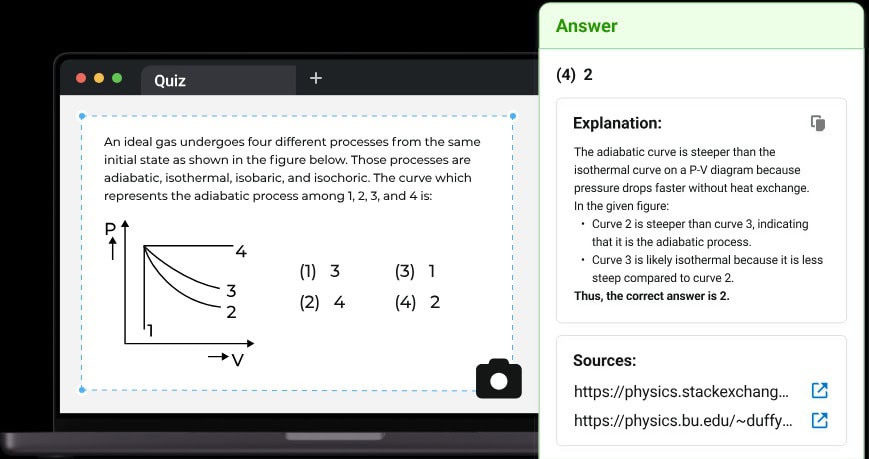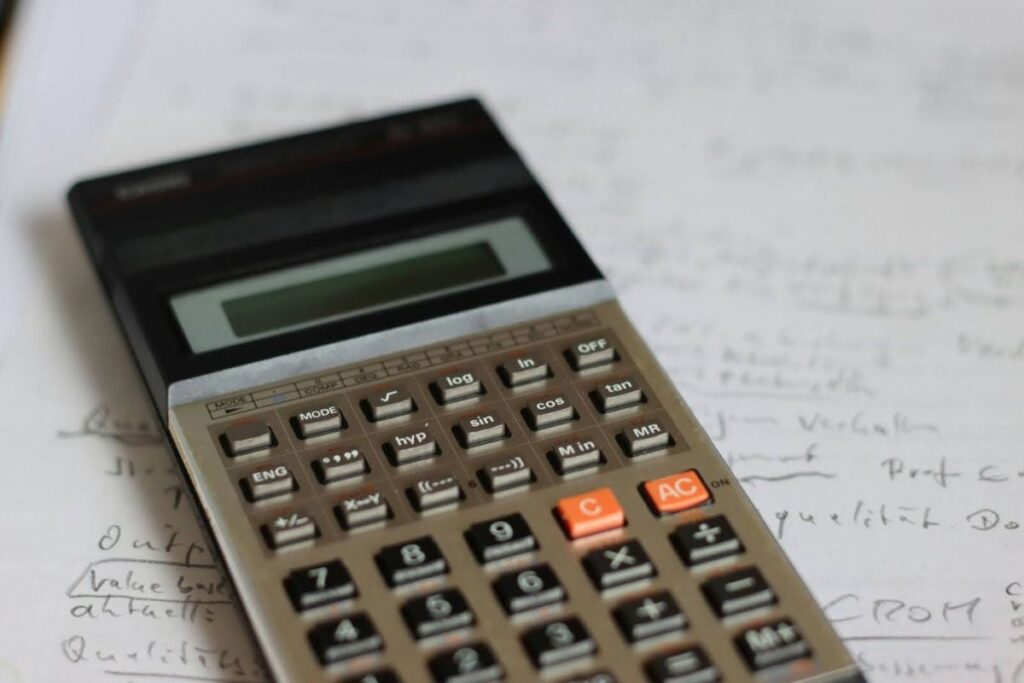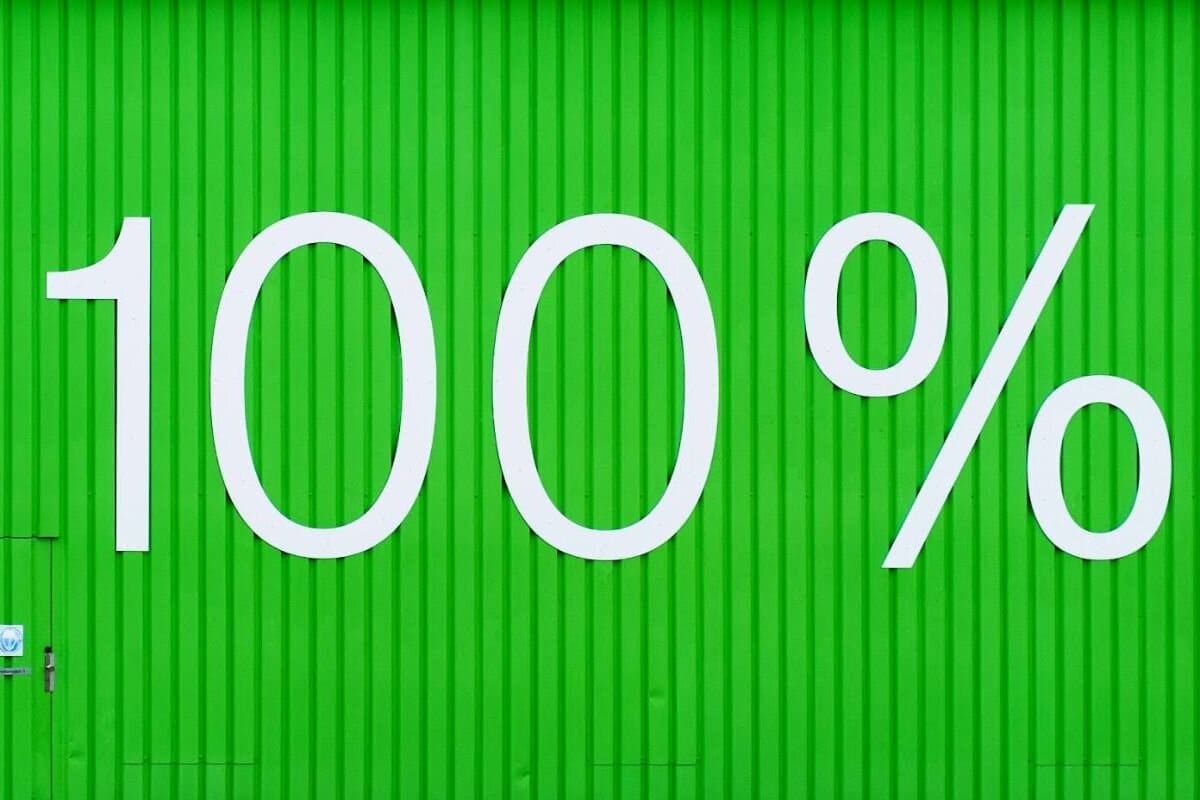Knowing the percentage of something certainly comes in handy in various situations.
Think about the last time you saw a 20% discount online and tried to decide if it was actually a good deal.
Or think about something as serious as sales figures for a business.
Turning raw numbers into percentages makes apples-to-apples comparisons possible.
And the good news is you don’t have to be a math wizard to figure them out.
Once you know the percentage formula and the right way to approach it, you can apply it anywhere.
In this guide, you’ll learn how to calculate percentages with ease.
By the end, percentages will feel less like a chore and more like a life skill.
Key Takeaways
- Computing percentages involves knowing the basic percentage formula: (Value ÷ Total Value) × 100.
- Knowing percentages matters as they tell you how much of something you have out of 100, making comparisons quick and easy.
- The three common ways to express value are percentages (out of 100), fractions (showing part of a whole), and decimals (using place value).
What Is a Percentage?
A percentage is a way to express a number as a fraction of 100.
For example, if you went on a run 15 days out of the last 100, you ran 15% of the time.
The word comes from the Latin phrase per centum, which means “for each hundred.” It’s more used as “hundredths,” dating back to ancient Rome.


Never Worry About AI Detecting Your Texts Again. Undetectable AI Can Help You:
- Make your AI assisted writing appear human-like.
- Bypass all major AI detection tools with just one click.
- Use AI safely and confidently in school and work.
The % symbol came around the 1600s.
Percent vs Fraction vs Decimal
We get how percent, fraction, and decimal can be easily confused. These are varied ways of representing a whole.
Here’s how they differ:
- Percentage: Written with a % sign and is based on 100. For example, 50% means 50 out of 100.
- Fraction: Written as one number over another (numerator over denominator). When you write ½, it means 1 part out of 2.
- Decimal: Written with a decimal point. Here, 0.5 means the same as 50% or ½.
As you can see, they can be distinguished by the way they’re written, but they essentially mean the same thing. These can be converted into each other—fractions to decimals, decimals to percentages, and so on.
That said, proper use of percentages, fractions, and decimals depends on the problems you’re solving or the context you’re providing.
Take this example:
❌ The recipe calls for 0.75% cups of sugar.
Percentages don’t make sense for a physical quantity like this.
✅ The recipe calls for ¾ cup of sugar.
Fractions work well in cooking for precise measurements.
Whether you’re talking in percentages, fractions, or decimals, the goal is to pick the format that makes your point the simplest to understand.
Basic Percentage Formula
You’ve got the numbers in front of you, but they’re hard to make sense of.
Are you checking if you’ve hit your monthly targets, or just figuring out if you’re already blown your takeout budget?
These questions can all be answered using the basic percentage formula:
Percentage = (Value ÷ Total Value) × 100
Example: What is 45 out of 60?
Following the formula: (45 ÷ 60) x 100
45 ÷ 60 = 0.75
0.75 x 100 = 75
The answer is 75%.

Whenever you feel unsure, Undetectable AI’s Ask AI tool can walk you through percentage problems step-by-step.
This way, you actually understand the why of a solution and not only the final answer.
The tool’s Question AI gives clear and accurate answers that you can save for later and review at your own pace.
How to Find What Percent One Number Is of Another
Sometimes you want to know how one number compares to another in percentage form.
This is common when checking progress, measuring growth, or comparing quantities.
Here’s where you apply the basic percentage formula.
See it in action here:
You took 20 rides in a month, and 5 of them were using a ride-sharing app. What percentage of your rides were through the app?
Considering that:
Number of ride-sharing trips = 5
Total rides = 20
We can calculate the percentage of ride-sharing trips = (5 ÷ 20) × 100
= 0.25 × 100
= 25%
Answer: About 25% of your rides that month were booked through the app.
How to Find the Number in a Percentage
Percentages aim to answer the share of a total. When you’re figuring out a percentage, converting the percentage into a decimal first makes it easier to work with in calculations.
Here are some examples to illustrate how it works.
Example 1: 25% of 80
Let’s say you own a small candle business. Out of 80 candles in stock, you sold 25% during a weekend market. You want to know exactly how many you sold.
Here’s how you get the exact number:
- Write down what you know:
- Percent: 25%
- Whole: 80 candles
- Convert percent to decimal:
25 ÷ 100 = 0.25 - Multiply by the whole:
0.25 × 80 = 20
Answer: 25% of 80 = 20 candles.
Example 2: 15% of 200
Your community theater keeps 15% of ticket sales for next year’s production. You sold 200 tickets. How much stays in the fund?
We follow the same steps as earlier:
- Write down what you know:
- Percent: 15%
- Whole: 200 tickets
- Convert percent to decimal:
15 ÷ 100 = 0.15 - Multiply by the whole:
0.15 × 200 = 30
Answer: 15% of 200 = 30
The theater keeps 30 tickets’ worth of sales (or the equivalent amount in dollars).
Using Mental Math Tricks for Easy Numbers
You don’t always need a calculator when learning percentages. Some are actually pretty easy to work out!
Here are some nifty math tricks you can use:
- Find 1%: Move the decimal two places to the left.
Example: 1% of 250 = 2.5
- Find 10%: Move the decimal one place to the left.
Example: 10% of 250 = 25
- Find 5%: First, find the 10%, then cut it in half.
Example: 5% of 250
10% of 250 = 25
25 ÷ 2 = 12.5
- Find 50%: Simply halve the number.
Example: 50% of 250 = 125
- Find 25%: Halve the number, then halve again.
Example: 25% of 250
Divide by 2 → 250 ÷ 2 = 125
Divide that result by 2 again → 125 ÷ 2 = 62.5
Once you get the hang of these tricks, you can combine them to work out more complex percentages.

How to Calculate Percentage Increase and Decrease
You can also use percentages to see how much something has grown or dropped compared to its original value.
This is the percentage change formula:
Percentage Change = (New Value − Old Value) ÷ Old Value × 100
Here’s an example of a percentage increase:
Your monthly electric bill went from $120 to $150.
(150 − 120) ÷ 120 × 100
150 − 120 = 30
30 ÷ 120 = 0.25
0.25 × 100 = 25% increase.
Here’s an example showing a percentage decrease:
A jacket was $80 and is now $60.
(60 − 80) ÷ 80 × 100
60 − 80 = -20
-20 ÷ 80 = -0.25
-0.25 × 100 = 25% decrease.
Converting Between Decimals, Fractions, and Percentages
In essence, decimals, fractions, and percentages are just different ways to show the same value. Knowing how to switch makes it easier to compare numbers.
These are the ways to convert between them:
- Fractions → Decimals
Divide the top number (numerator) by the bottom number (denominator).
Example: ¾ = 3 ÷ 4 = 0.75
- Decimals → Percentages
Multiply the decimal by 100 and add a percent sign.
Example: 0.75 × 100 = 75%
- Percentages → Decimals
Divide by 100 (or move the decimal point two places left).
Example: 75% = 75 ÷ 100 =0.75
- Percentages → Fractions
Write the percentage over 100 and simplify.
Example: 75% can be written as 75⁄100. You can then reduce this to ¾.

Common Mistakes to Avoid
Percentages are useful, but a few common slip-ups can throw off your results.
Keep these common mistakes in mind:
- Mixing up “of” and “is.”
These two mean different things:
“What is 20% of 50?” means take 50 × 0.20 = 10.
“20 is what percent of 50?” means 20 ÷ 50 × 100 = 40%.
Mixing them up will give you the wrong number.
- Forgetting to convert to decimals.
You can’t multiply by “25” if you mean 25%. You’ll first need to convert it: 25% → 0.25.
Example: 200 × 0.25 = 50 (not 5,000).
- Double-counting changes.
A decrease of 20% followed by an increase of 20% doesn’t cancel out.
Example: $100 – 20% = $80; then $80 + 20% = $96, not $100.
- Misreading percentage points vs. percent change.
Going from a 5% interest rate to 10% is a 5 percentage point jump, but it’s actually a 100% increase in rate (because it doubled).
Be sure to try out our AI Detector and Humanizer in the widget below!
How to Calculate Percentage Easily: You’re 100% Ready
Now that you know the formulas, shortcuts, and common pitfalls, percentage problems should feel a lot less intimidating and can be used to your advantage.
Whether you’re figuring out discounts, interest rates, or school data, you can tackle them with confidence.
And if you ever need fast, accurate help on math, or any other subject for that matter, make Undetectable AI your go-to learning tool.
Its wide range of AI tools—including Ask AI—lets you check your answers instantly, verify them, and practice at your own pace.
Get started for free! With Undetectable AI, learning is simpler, faster, and always within reach.
